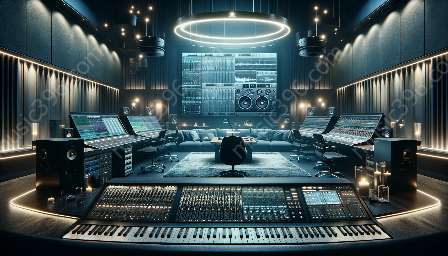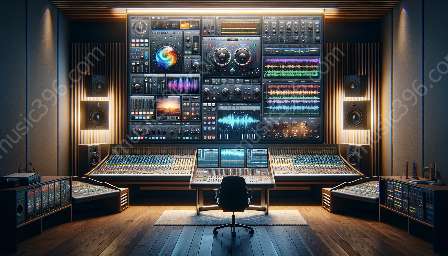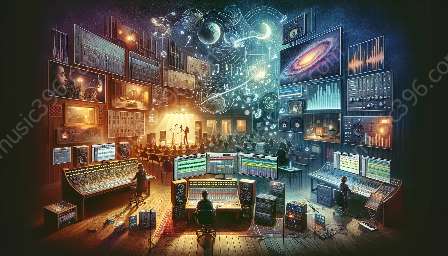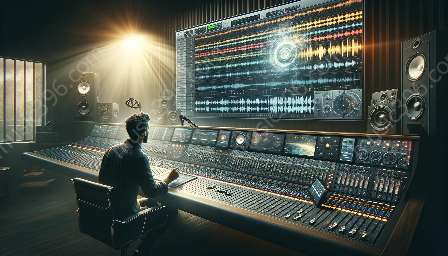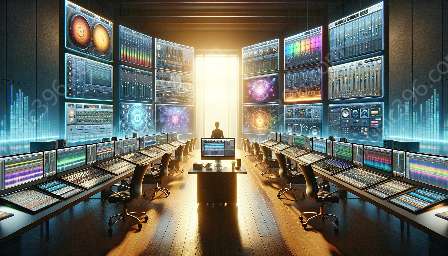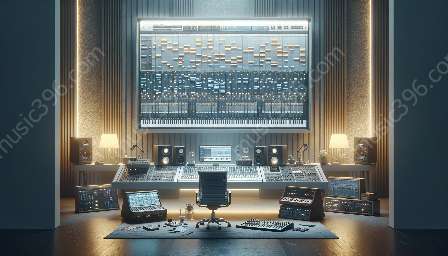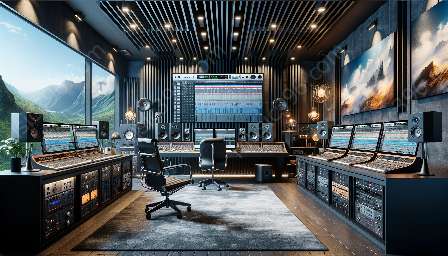In the modern music production landscape, integrating digital audio workstations (DAWs) with hardware controllers and external gear has become essential for many professionals and enthusiasts. This comprehensive guide will explore how DAWs can be seamlessly integrated with hardware controllers and external gear, offering a real and practical understanding of audio tracks in DAW environments.
Understanding Audio Tracks in DAW
Before delving into the integration of DAWs with hardware controllers and external gear, it's crucial to comprehend the fundamentals of audio tracks in DAWs. In a DAW, audio tracks serve as the primary canvas for recording, editing, and mixing sound. Each audio track represents a specific sound source, such as an instrument, vocal, or sample, and can be manipulated in various ways to achieve the desired sonic result.
Integrating DAWs with Hardware Controllers
DAWs offer a vast array of features and tools for music production, but many users seek to enhance their workflow and creativity by integrating hardware controllers. Hardware controllers come in various forms, including MIDI keyboards, pad controllers, and tactile control surfaces. These controllers allow for hands-on interaction with virtual instruments, effects, and mixing parameters within the DAW environment, providing a more intuitive and expressive way to create music.
When integrating hardware controllers with DAWs, it's essential to ensure seamless communication and compatibility. Most modern DAWs support MIDI, a ubiquitous protocol for connecting hardware controllers, enabling users to map physical controls to virtual parameters within the software. This integration empowers musicians and producers to interact with their music in a more tangible and dynamic manner, bridging the gap between the digital and physical realms.
Enhancing Creativity with External Gear
While DAWs offer a wealth of virtual instruments and processing plugins, many professionals and enthusiasts are drawn to the sonic characteristics and tactile qualities of external gear. External gear, such as synthesizers, drum machines, and outboard effects, can complement the capabilities of DAWs and inject a unique sonic flavor into music productions.
Integrating external gear with DAWs can unlock new creative possibilities, allowing users to blend the best of digital and analog technologies. This integration often involves connecting external gear to the DAW via audio and MIDI interfaces, enabling seamless communication and synchronization. By harnessing the power of both the digital and analog domains, producers can craft distinctive and textured sounds that elevate their music to new heights.
Optimizing Workflow and Performance
Seamlessly integrating DAWs with hardware controllers and external gear isn't just about expanding sonic possibilities; it's also about optimizing workflow and performance. Tactile control surfaces and hardware controllers provide intuitive access to key parameters, streamlining the process of recording, editing, and mixing audio tracks. Moreover, the hands-on nature of hardware controllers can spark new ideas and improvisation, fueling creativity and spontaneity in music production.
Additionally, the integration of external gear can enhance the sonic palette and performance capabilities of a DAW-based setup. By leveraging the unique sonic characteristics and tactile interfaces of external gear, musicians and producers can infuse their music with a sense of depth, warmth, and authenticity that goes beyond the capabilities of software alone.
Conclusion
The seamless integration of DAWs with hardware controllers and external gear stands as a testament to the ever-evolving landscape of music production. By understanding the fundamentals of audio tracks in DAWs and embracing the creative potential of hardware controllers and external gear, musicians and producers can elevate their music productions to new heights. This integration not only enhances sonic possibilities but also fosters a more tactile, expressive, and immersive approach to music creation, enriching the creative journey for all who embark upon it.

